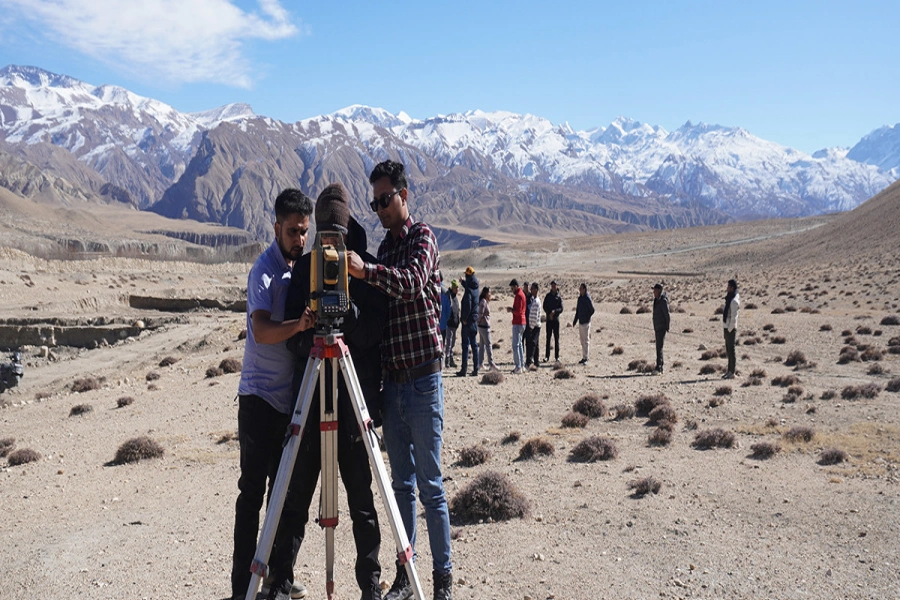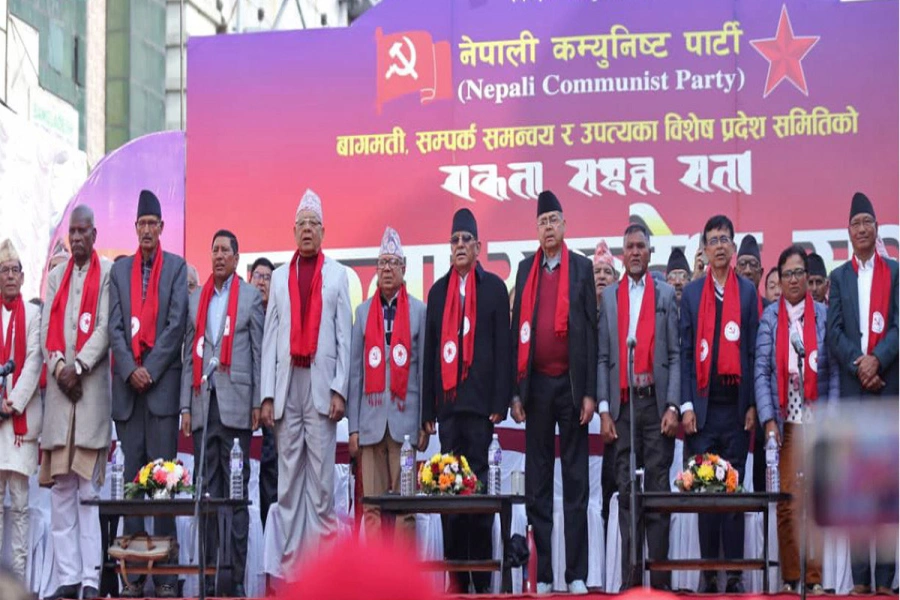Has the globalization been really working out? Have the least developed countries (LDCs) like Nepal been at the benefitting end?
When the world suffered the worst economic failures, the Great Depression in the 1930s, many countries realized the importance of economic growth, finance and global trade. It was then that General Agreement on Tariffs and Trade (GATT) was reached among the nations in 1947 to protect countries from the reoccurrence of such economic failures. The overall agenda was not only to dodge economic failures but, most importantly, to also work for the overall development of the world trade at large. Eventually, a new wave of globalization appeared which gave countries opportunities for fair and better trade environment. But has the globalization been really working out? Have the least developed countries (LDCs) been at the benefitting end?
Along the years, GATT advanced into World Trade Organization (WTO) in January 1995 and instigated non-discriminatory trade, fair competition and holistic developmental reforms, among others, aiming to help the LDCs. With this transformation all the member countries of WTO saw an increase in their GDP. As a result, while some developed nations had an average increase in GDP per capita by €1,000 per year, other developing countries like Mexico and India only had a €100 rise. The figures were even worse in many LDCs. Now, they have been mulling over the consequences of WTO and the outlook on globalization. Have they really benefitted through WTO or were they better off without them?
Failure of protectionism
Consider the failure of protectionism policy. Ever since the advent of globalization, African LDCs have been pushing forward to ink a deal to end US and European Union agricultural subsidies. In the Doha agreement 2001, the final rounds of negotiations got a ban in export subsidies. This step taken by WTO was highly lauded as it helped protect the African farmers against highly subsidized foreign exports. Years later, in 2015, WTO met in Nairobi at its tenth Ministerial Conference. But despite its earlier economic pledge to abolish foreign exports, no substantial change took place. African countries are still struggling to compete against heavily subsidized western agricultural products.
Likewise, Asian LDCs face similar heat. When WTO created ‘a Plan of Action’ in its Ministerial Conference in Singapore 1996, it assisted in improving the stature of LDCs in Asian countries like Yemen, Cambodia, Nepal, Bhutan, Bangladesh and Afghanistan. Trade deals and tariff protectionism was promised to be improved. Unfortunately, exports for these countries still face stringent protectionist barriers. Contrary to what the WTO has planned, LDCs are bleeding $100 billion annually, as per the United Nations, due to unfair protectionist policies. This demonstrates that trade policy implementation has undermined development assistance.
Is Nepal the winner of globalization?

Moreover, LDCs are suffering because of WTO’s double standards. Though WTO has devised objectives of holistic growth of both developed and least developing countries, LDCs are just not benefitting. But is it because of WTO’s inefficiency? Why has the performance of LDCs gone so low? Was WTO’s inability to implement meticulous trade reforms a driving factor in LDC’s inert growth?
Case of Nepal
Consider Nepal, the first country to join the WTO as LDC. After India and China opened up in the late 90s, Nepal too realized that it could not stay away from the wave of globalization. Gaining WTO membership was a significant step for Nepal, poor, land-locked and aid dependent country, because it could benefit from Most Favored Nation (MFN) treatment for its exports. After gaining GAAT’s observer’s status in 1989, Nepal rushed in to become a member of WTO in 2004. The intention was to augment exports, increase the growth rate from 4.6 percent and become compatible with the global economy. But over the decade, the situation hasn’t changed as expected.
Instead of increase in exports, Nepal’s imports have steadily risen every year. Currently, Nepal’s import is 13 times bigger than its exports. Nepal mainly exports textiles, jutes, and handicrafts and imports literally everything. Statistics show that China, one of the world’s biggest importers and exporters, absorbs only 2.8 percent of Nepal’s total exports. As China’s neighbor, if Nepal can’t take advantage of export market then it will only prolong its trade struggle. The dismal export performance shows that exponential imports and stagnant exports have remained a major concern for Nepal.
True, our export problem is more responsible for our own internal troubles rather than WTO’s inefficiency. The World Bank defines globalization as ‘increasing integration of economies through movement of goods and services across borders.’ But what significant value added goods could Nepal move across the borders? The country has not even been able to master a single exportable commodity. Take Bangladesh, a LDC like Nepal. It may not have wide arrays of export-oriented goods but it has mastered in textile production. In 2016 Bangladesh was the second largest exporter of garments in the world.
Things are starkly different in our case. Nepal, which had a robust textile industry till early 2000s, and was exporting 90 percent high quality garments to the US is now in dwindles. Out of 450 operational industries only 10 remain functional. Right now, Nepal lacks both production volume and competitive value of its products. Also, it lags behind in quality and technology to produce internationally demanded products. Though Nepal borders five Indian states, it has not been able to tap the market of 400 million people.
Thus we conclude two things. First, it is evident that LDCs are being ghosted by WTO. It needs to better negotiate to seek favor as an LDC. Second, the biggest problem lies within the nations themselves because of the incompetence in manufacturing. If they can’t manufacture, they won’t be able to participate in the trade irrespective of WTO’s influence.
Way forward
Solution is elementary. LDCs should find comparative advantage for production or at least produce something worthwhile to export. The first step is to find a lucrative industry to start with. As governments in African countries have been subsidizing the cotton industry heavily, Nepal also needs to devise similar policy in agriculture sector.
The next step should be towards focusing on regional trade agreements rather than waiting for global trade liberalization. For instance, in the Doha agreement, when the agricultural tariffs and farm subsidies remained unresolved, most of African countries opted for regional deals. Now, they have created world’s largest free trade area—African Continental Free Trade Area (AFCFTA)—accommodating the participation of 44 African countries. Nepal should also focus on gaining benefits as a member country of BIMSTEC and SAFTA, its regional trading partners.
WTO’s neurotic obsession of fostering globalization and helping LDCs has become only partially successful. But there is more to the story. More than WTO’s influence, bolstering trade depends entirely up to the country. African countries are sniffing alternatives to boost their trade. Nepal should do the same. But that won’t happen unless Nepal can produce something that can compete in the international market.
The author is an MBA student at Asian Institute of Technology (AIT), Thailand
ajaya10adhikari@gmail.com





































